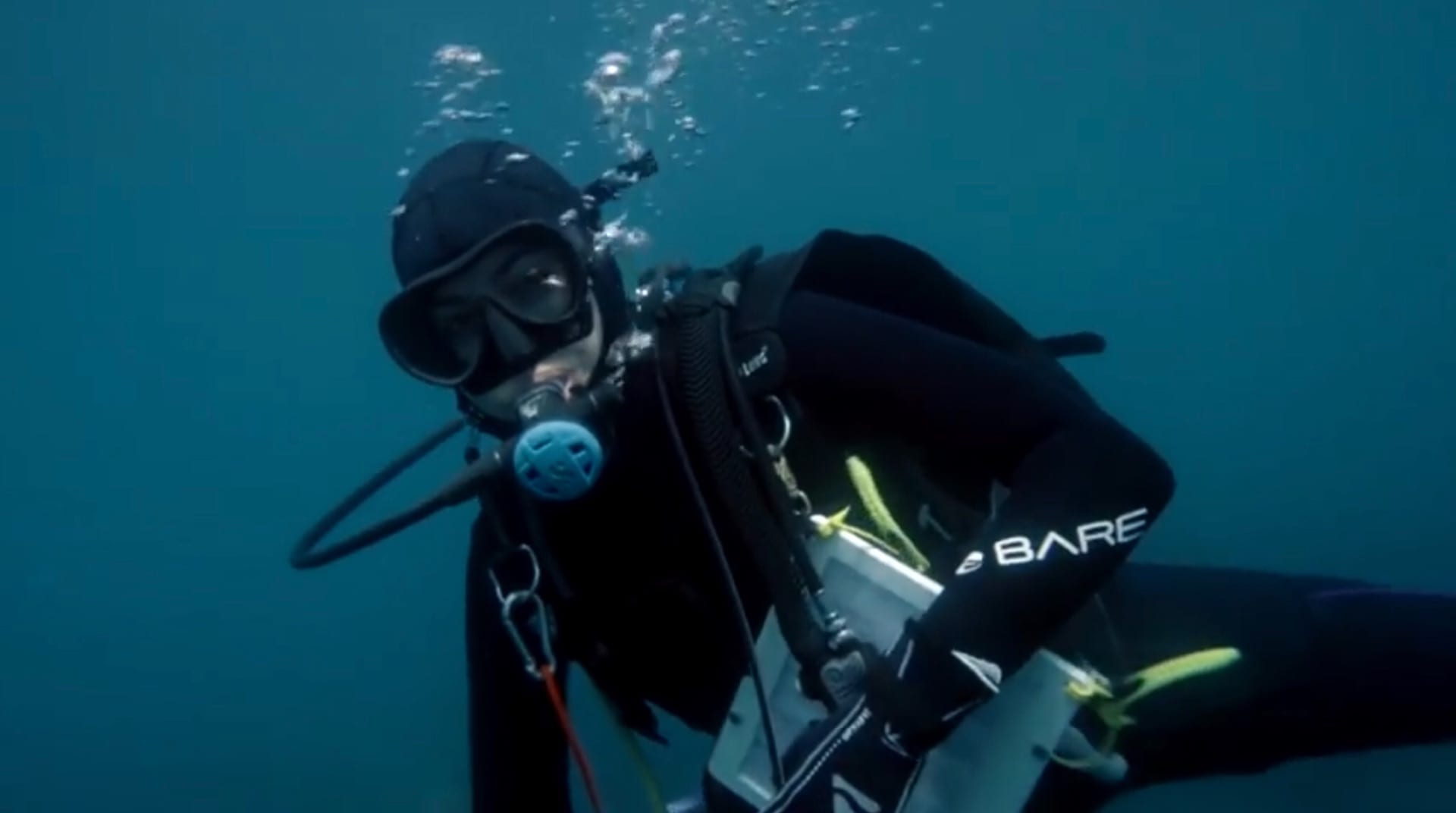For grade 10 PLP students we got the lucky chance to explore linear equations in our everyday life. Mr. Gross asked us to think about the rising and falling water levels across the globe, and see what the water levels are like in seas and lakes across the world.
To do this we needed to learn about the linear slope equation y=mx+b. Each letter in this equation signifies something. Y is used to produce the depth of our equation. So how deep our final product will be. M is the amount of water that is leaving the body of water per year. X is the amount of time that this would take, and B is the amount of water that you start with. Now since we had all the background knowledge, it was time to figure out what body of water we wanted to choose. I was in a group with Luca Jacoe, and we decided to pick the Caspian Sea. (Really just a big lake). We did our research on the Sea and found all the numbers that we needed to, so we created our first equation.
Here is our equation.
Since we don’t know Y and we don’t know X we have to solve for both of them. So the equation below signifies that.
We then took our equation to Desmos to produce a graph with all the information we had.
Here is our graph.
After creating the graph we also finished our equation by finding the values for X and Y. X which was time was equal to 11694 years (until the whole of the Caspian Sea disappears), And Y, which was depth, was 146 metres.
We then presented our findings to the class in a keynote where we were able to share the knowledge we had built through our project.
Our keynote described the steps we took to come to our final product but it didn’t share the Curricular Competencies…
In this project I think that I improved upon the Curricular Competency “estimate reasonably and demonstrate fluent, flexible, and strategic thinking about number.” I think that I increased my knowledge in this competency because throughout the project I would be thinking about the slope intercept equation and using my predictive skills to determine what the correct answers were.
I also used the competency “solve problems with persistence and a positive disposition.” I chose this competency because I was able to keep pushing myself to find the proper information for our equation, and trying to solve for 2 variables. I didn’t get turned away when I got it wrong, but instead tried it again.
Another competency I used was “take risks when offering ideas in classroom discourse.” I choose this competency because I felt that I definitely took risks when I was presenting ideas to my group, and when we were planning it out through sharing my concerns and ideas.
My final competency that I used was “reflect on mathematical thinking.” Through this blog post I am reflecting on the learning that I presented and learned throughout the project period. I get to talk about what math I learned and what I got to explore through out these past few weeks.
So thank you very much for reading, and I hope you have a good day!




















